Cleaning & Disinfecting a Surface
Chemicals and cleaning products. Your supervisor will show you which ones you need to use. Remember that you should always handle, use, store and dispose of any chemicals as per the manufacturer’s instructions. You’ll find this information on the product’s label and safety data sheet. But for now, we’ll take you through a simple process that you can use for work surfaces. Start by wiping away or scraping any bits of food or dirt into the correct bin. Then use a detergent. This is basically a soap in liquid form, that dissolves grease and removes dirt but it doesn’t remove much bacteria – an example is washing up liquid. You should always clean equipment and surfaces first, until there is no visible dirt left on them. Then wipe the surface with clean water. The next step is to use a sanitiser. This is something that’s used after a detergent has already cleaned something. Sanitisers involve either heat or chemicals, or a combination of both. They don’t kill 100% of bacteria, but they do reduce bacteria and microorganisms to a safe level. A lot of sanitisers are “food contact friendly”- but if yours isn’t, make sure you wipe the area with clean water afterwards. Lastly, dry the surface. Use a disposable paper towel or a disposable cloth. You’ll also come across disinfectants at work. These are similar to sanitisers, but they are stronger solutions that you can buy as wipes or in a bottle, such as bleach. Disinfectants kill 99.9% of bacteria, but spores can remain. They are suitable for non-food-contact surfaces such as fridge and cupboard handles, floors, bathrooms and toilets, and they often need a longer contact time to work in comparison to sanitisers


